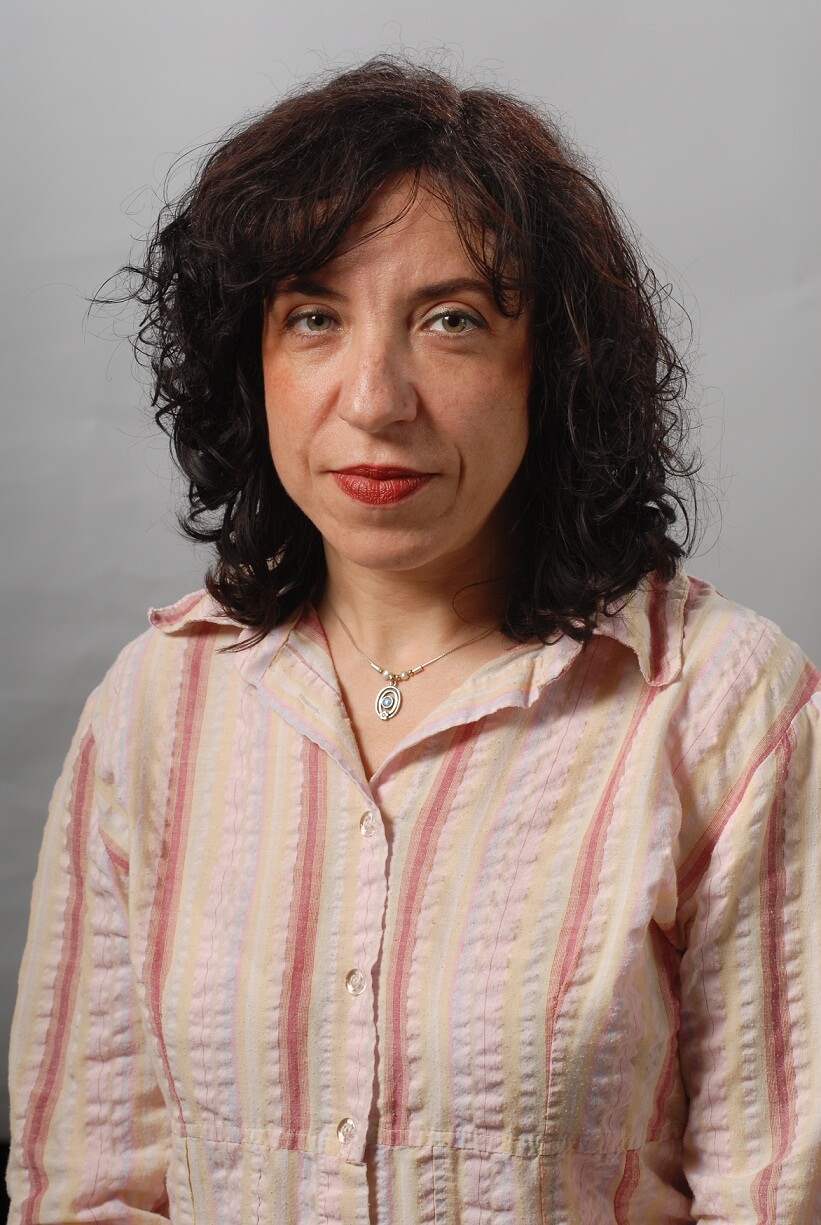This discovery has implications for cancer research and nanotechnology

Researchers from Ben-Gurion University of the Negev, in collaboration with a group from the University of Gottingen in Germany, discovered an amazing feature of motor proteins that are essential for cell division. The researchers, Dr. Leah Geber, from the Departments of Clinical Biochemistry and Chemistry and the Ilse Katz Institute for Nanotechnology, at Bo-Gurion University, her research colleague, Prof. Kristof Schmidt from Germany, and their groups, were able to show that the protein of the division motor from the yeast (the bread and beer preserver) can move in both directions . The results of the study were recently published in the EMBO Journal.
Furthermore: towards the cell poles, this protein moves 10 times faster than any motor proteins of the same family, known so far. These findings were made possible thanks to high-resolution fluorescent microscopy, with which the researchers observed the movement of a single motor protein both in a model system and inside a living cell. A particularly interesting aspect of their finding lies in the fact that the motor proteins change their movement to a slow forward gear right in the center of the cell, when they move the cell poles apart and drive the separation of the chromosomes. These nanometer tuners can, just like man-made cars, change their speed drastically and even change direction when working under load.
These new discoveries show that the nanoscale biological machines are more efficient and versatile than previously believed. Understanding the activity of these motor proteins is essential for basic research, research and understanding of cancer and nanotechnological development in medicine and industry.
Cell division is a central process in development and growth, during which duplicated chromosomes are transferred from one mother cell to two daughter cells. This process is highly controlled and driven by special proteins, called "motor proteins". The main motor protein families are the Kinesin and Dynein families. Until now, it was believed that each protein from these families is designed to move in a specific direction along its "tracks", the microtubules; One type moves to the poles of the cell and the other type towards the center of the cell.

3 תגובות
Michael :-))
But our car can't do that inside the cabin because it's green.
So what, my car can also move in both directions. Big deal.